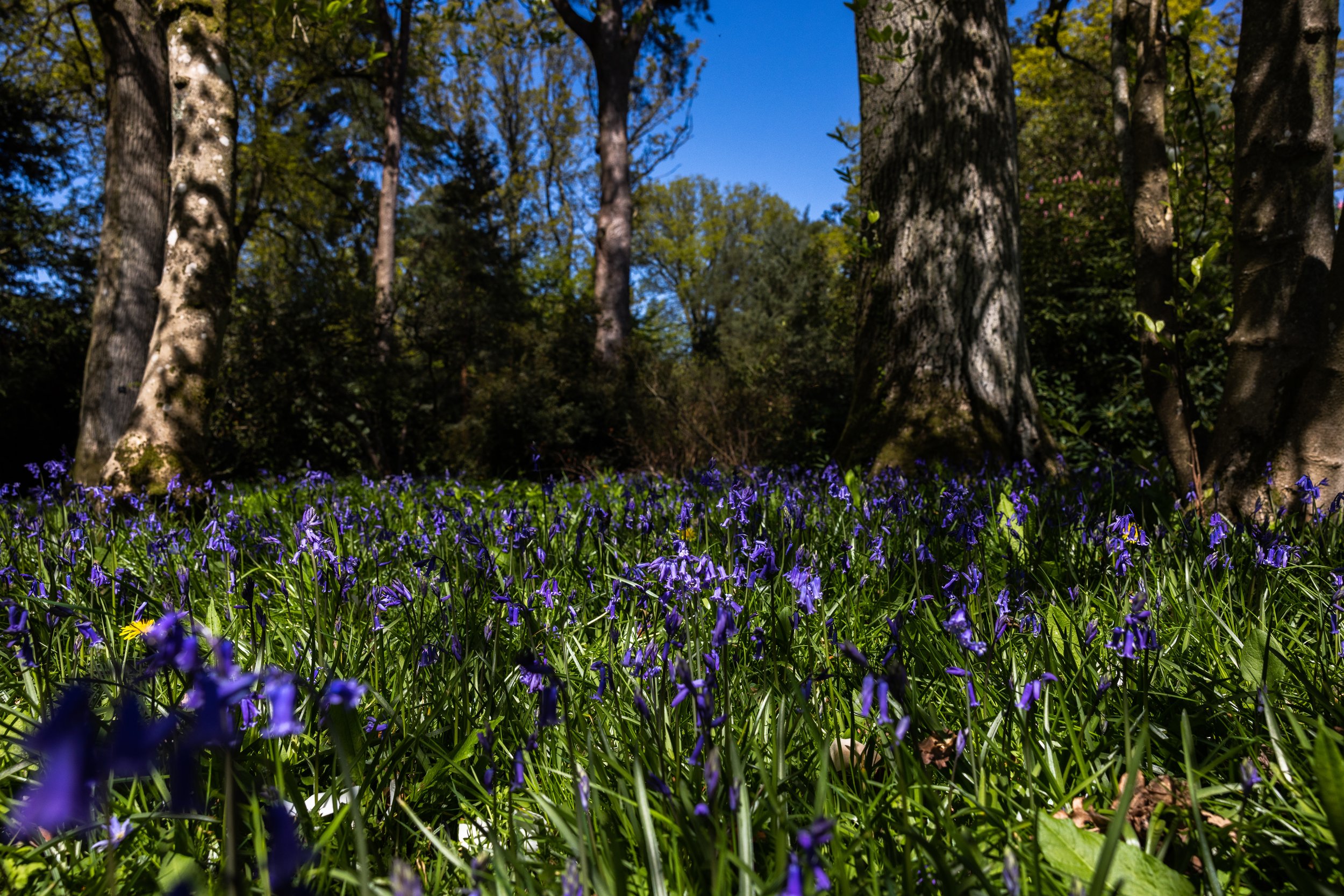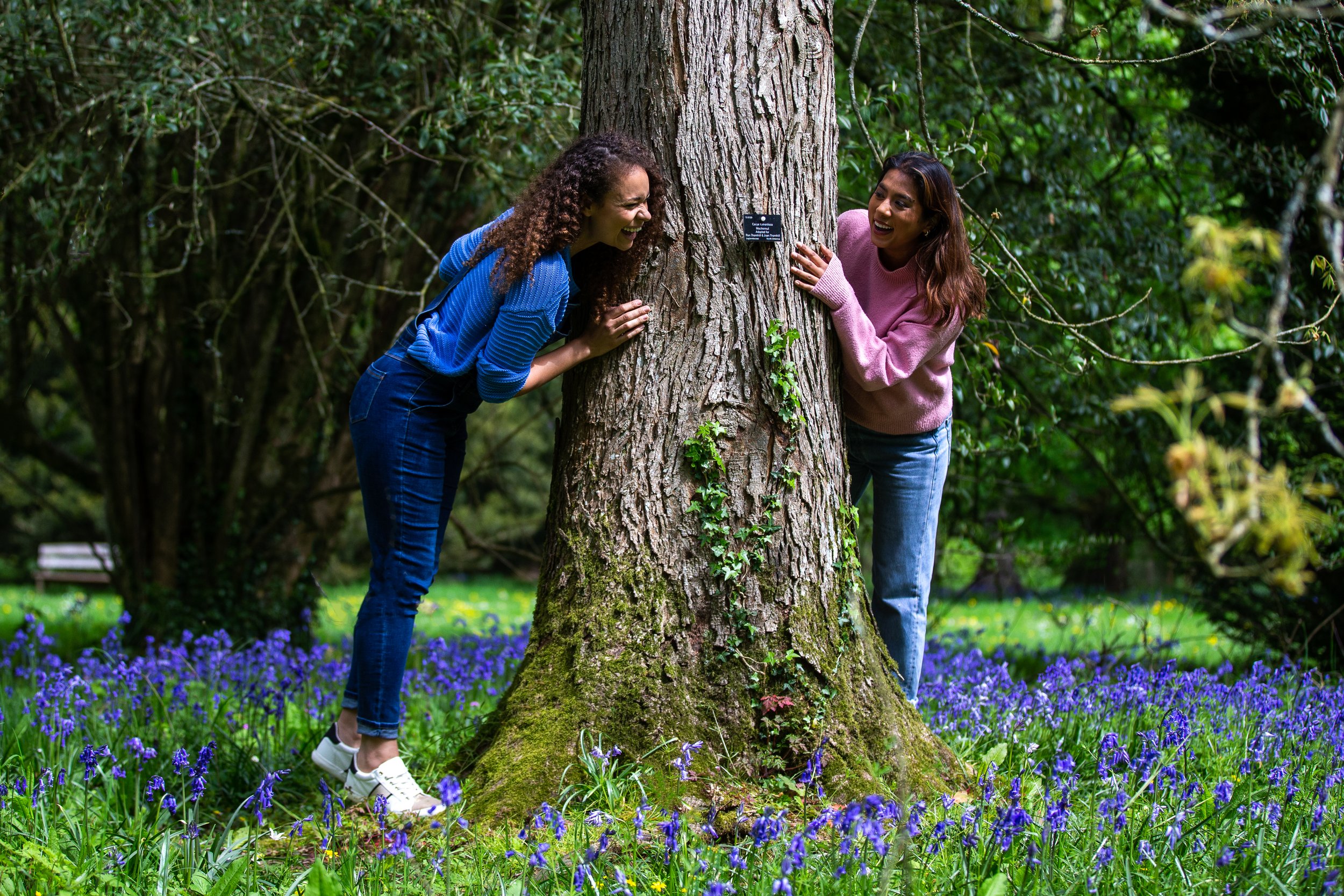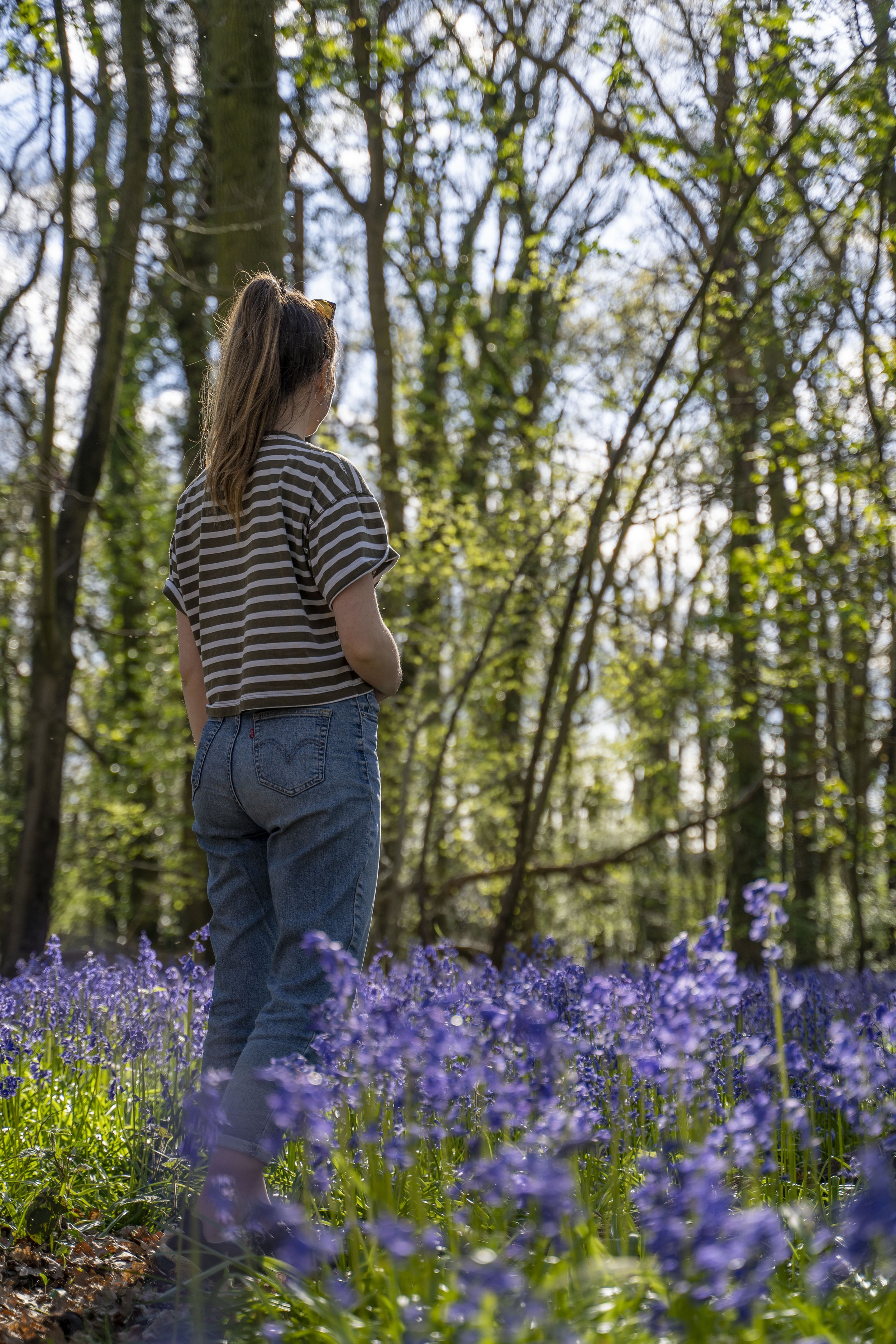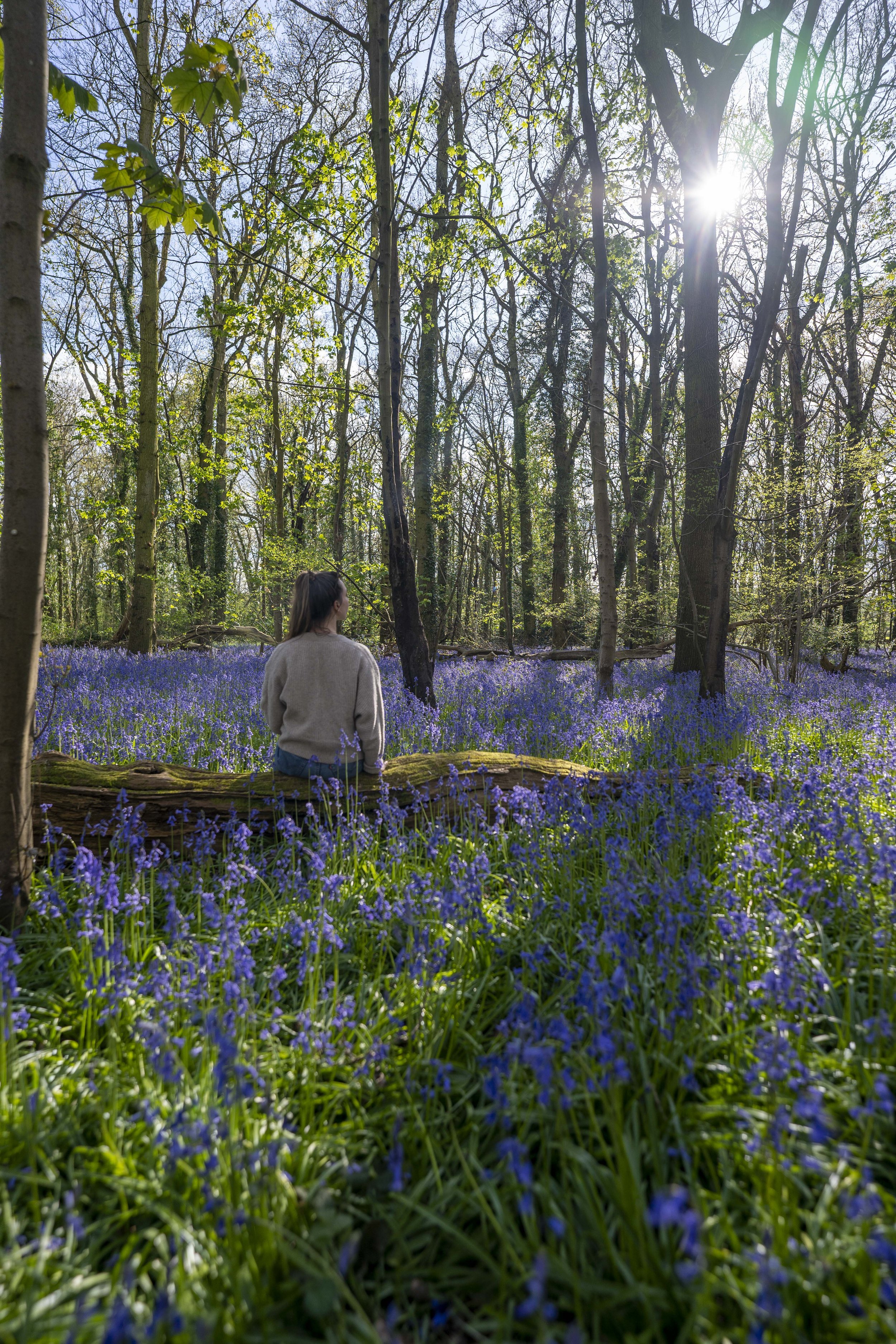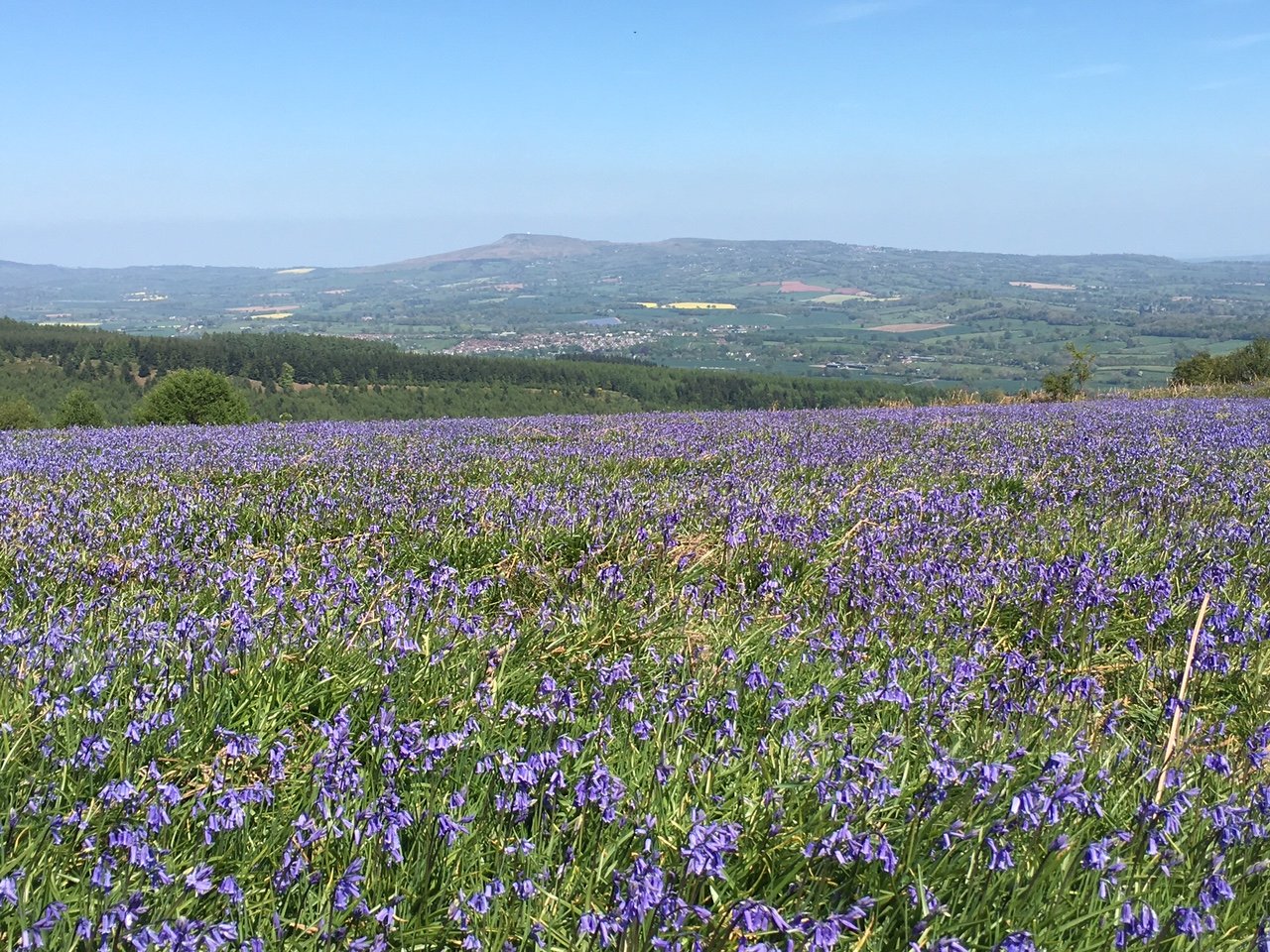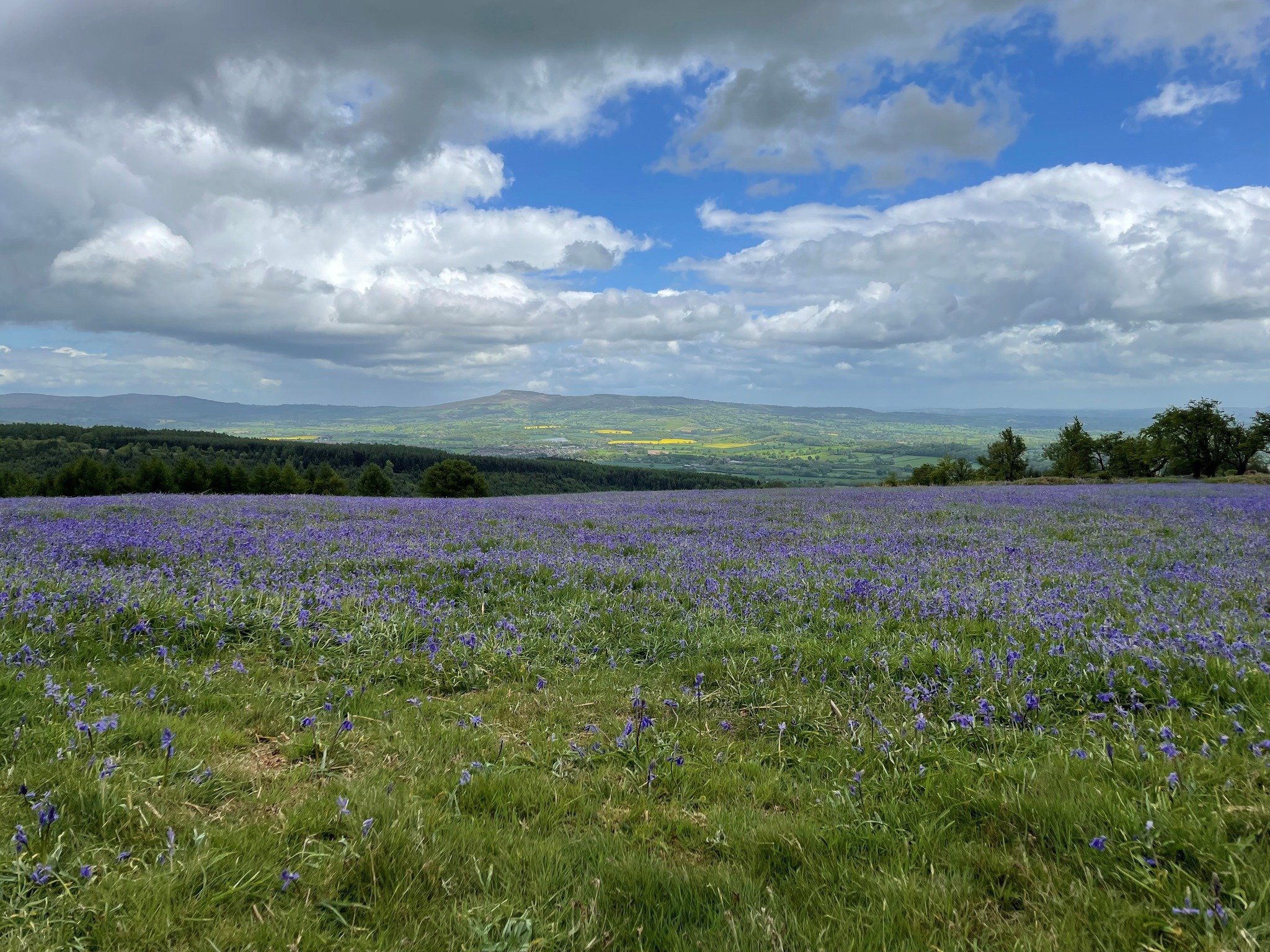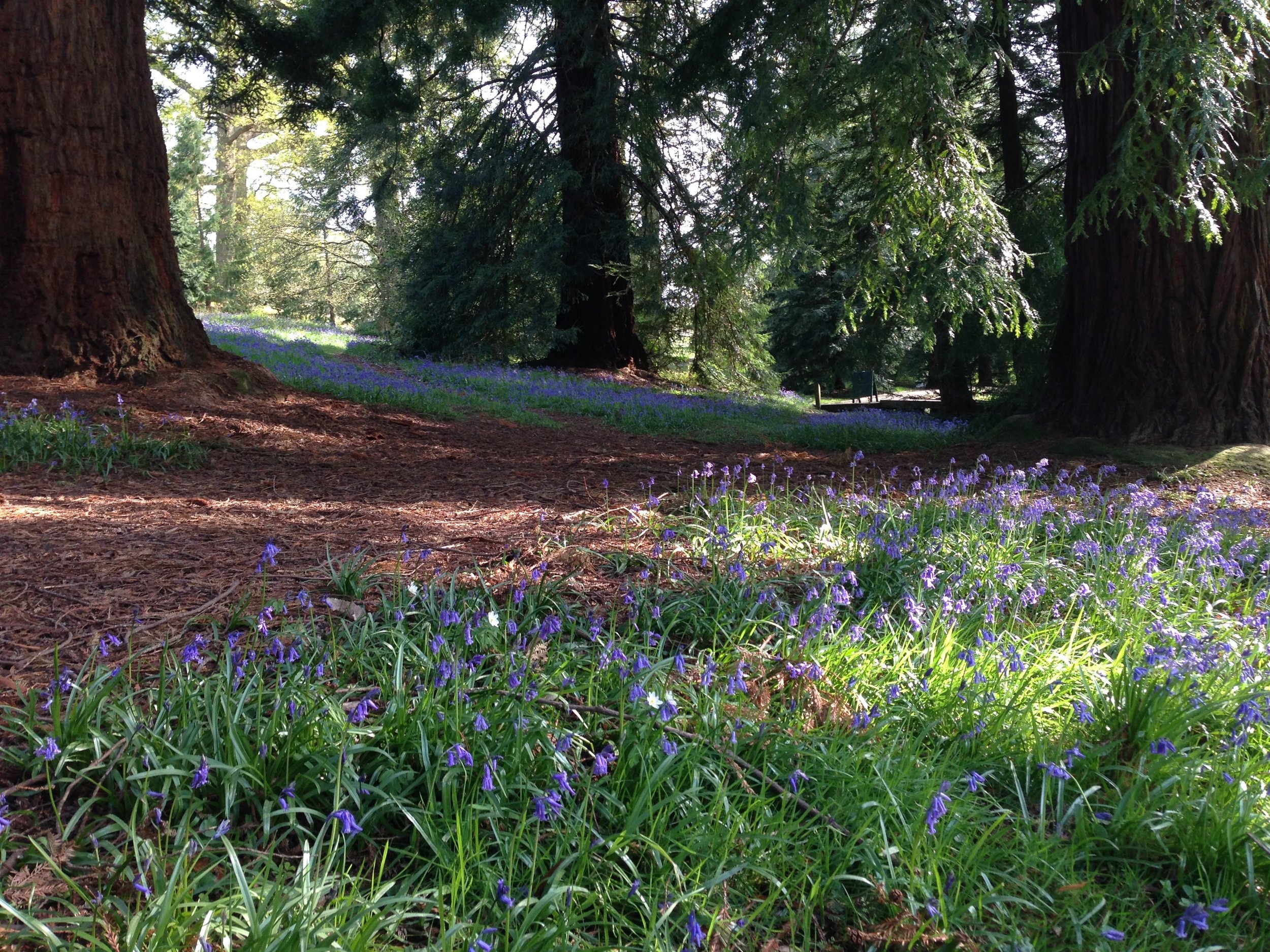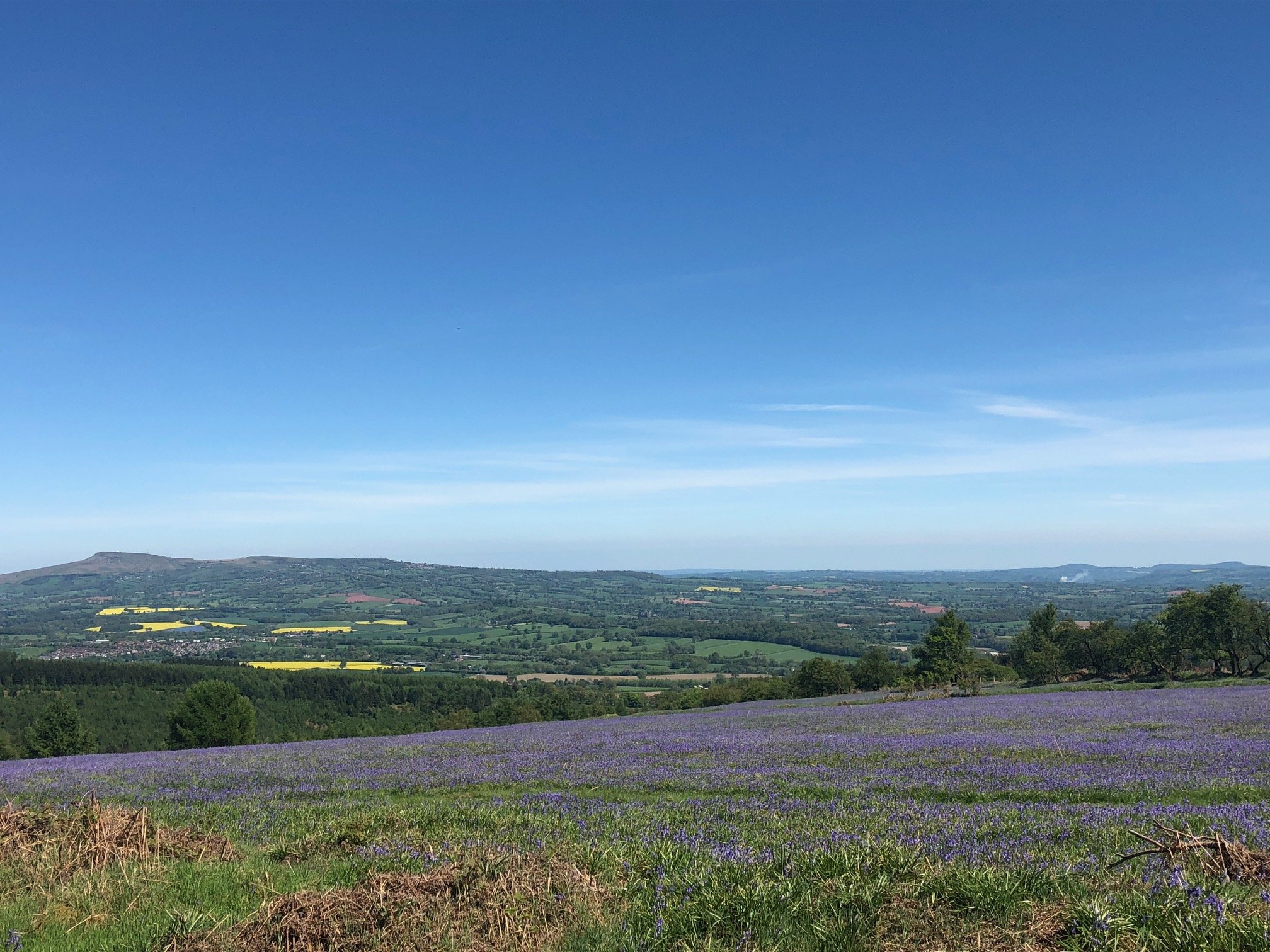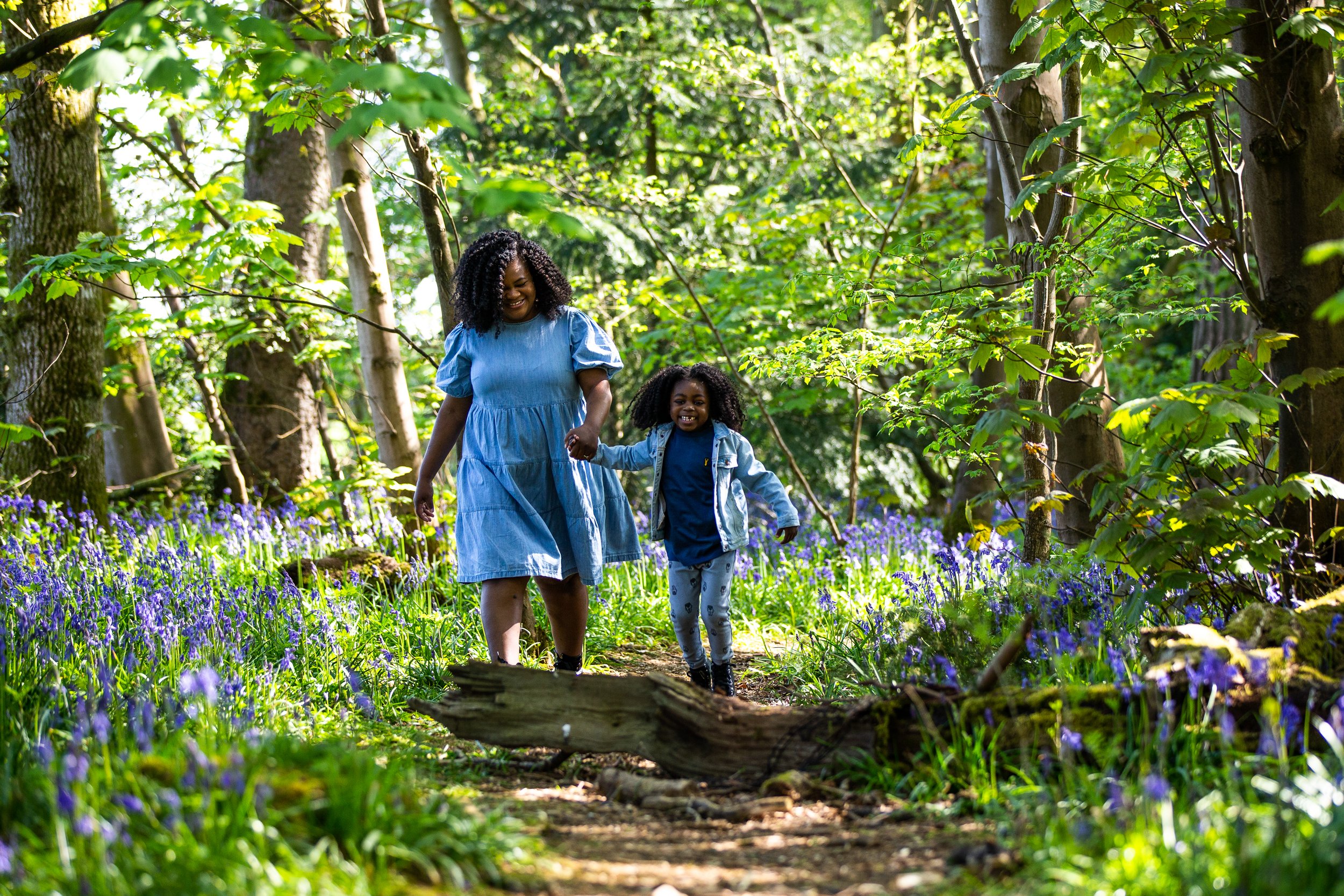Your magic carpet of bluebells awaits! Forestry England’s top walks to enjoy a springtime spectacular
Westonbirt, The National Arboretum, Gloucestershire | ©Johnny Hathaway
Words by Forestry England
Covered by Conker Nature Magazine
First Published: 04 March 2024 at 6:00 GMT
Usually flowering from late March to early May, this year’s mild winter and spring means we may well see them early and Forestry England expects a bumper bluebell display in the nation’s forests.
Westonbirt, The National Arboretum, Gloucestershire | ©Johnny Hathaway
Kilburn Woods, North Yorkshire
Kilburn White Horse is one of the most famous landmarks in North Yorkshire. Beneath it is Kilburn Woods, which in spring comes into its own with a spray of colour. Follow the waymarked trails underneath the cliffs to walk amongst purple hues of bluebells and the welcoming sight of foxgloves. A tranquil walk will lead you to stunning views of the Vale of York and beyond.
Mortimer Forest, Shropshire
Mortimer Forest puts on a stunning display in springtime as the bluebells emerge on Climbing Jack Common. Cross the common and enjoy the sea of colour. If the weather is good, make your way to the summit of High Vinnalls for panoramic views across Shropshire and the Welsh hills beyond.
Westonbirt, The National Arboretum, Gloucestershire
Take a walk in Silk Wood to drink in nature’s springtime show. This is a glorious woodland in spring, full of birdsong and a riot of colour thanks to carpets of bluebells. Some areas within Silk Wood are examples of native, traditionally managed woodland that pre-date the creation of the arboretum and the planting of its many ornamental specimens. The abundance of bluebells here is a sure sign that this glorious woodland has been here for centuries.
West Woods, Wiltshire
West Woods is a beautiful ancient woodland south of Marlborough and in late spring the woodland floor becomes a carpet of bluebells stretching as far as the eye can see. It also holds some secrets from the past which link it to Stonehenge, 15 miles away. It’s been discovered it was home to 50 of the 52 sarsen stones which make up the horseshoe, uprights and other stones from Stonehenge. There is a good network of walking trails including an easy access route for you to explore.
Bedgebury National Pinetum and Forest, Kent | ©Forestry England
Robin Wood, Derbyshire
Robin Wood is about 11 miles south of Derby. This beautiful ancient woodland has a wonderful range of tree species including mature Corsican and Scots pine, beech, oak, birch and sweet chestnut trees. You can spot bluebells throughout the woodland growing next to the main forest roads or alongside one of the paths that run though the wood. Look out for woodpeckers and deer while you’re walking!
Lynford Arboretum, Norfolk
Lynford Arboretum near Thetford is noted for its variety of birdlife and spring flowers and is the perfect place to enjoy some peace and quiet. Starting close to the main carpark, you will find a path that leads you through an important collection of over 200 species of trees, many planted to evaluate their resilience to East Anglia’s temperate climate, sandy soils and below average rainfall. On this trail drifts of bluebells will line your walk and carpet the spaces among the trees.
About Forestry England
Forestry England manages and cares for the nation’s 1,500 woods and forests, with over 291 million visits per year. As England’s largest land manager, we shape landscapes and enhance forests for people to enjoy, wildlife to flourish and businesses to grow. We are continuing the work we have already started to make the nation’s forests resilient to climate change and by 2026 we will:
create at least 6,000 more hectares where we integrate wilding activities in our productive forests.
increase the diversity of visitors to the nation’s forests and have one million hours of high-quality volunteer time given to the nation’s forests.
plant at least 2,000 hectares of new, high quality, predominantly broadleaf woodlands
Walking amongst a carpet of bluebells with their beautiful flowers nodding in a gentle breeze is a truly magical springtime experience. Usually flowering from late March to early May, this year’s mild winter and spring means we may well see them early and Forestry England expects a bumper bluebell display in the nation’s forests.
Bluebells are one of the last spring woodland flowers to bloom, following snowdrops, primroses, celandines and wood anemones. Like them, they thrive in broadleaved woodlands where dappled sunlight reaches through the green-leafed canopy.
Surrounding yourself with the delicate scent and sea of blue colour is a must-do spring nature experience so pack your picnic and head to one of Forestry England’s recommended list of bluebell woods. Remember bluebells are easily damaged, so do stick to trails and paths to avoid treading on these spring beauties.
Become a national member and enjoy free parking at hundreds of sites. Your membership helps us to continue the vital work we do to care for the forests we all love. Parking charges apply to non-members.
Bedgebury National Pinetum and Forest, Kent
Great swathes of bluebells carpet Forestry England Bedgebury in springtime including beautiful, tucked away spots within the conifer conservation project on the outskirts of the pinetum. There’s a bench where you can sit and be completely hidden away and surrounded by the sea of blue. Enjoy a calm moment to drink it all in and create a wonderful nature memory.
Riverside Trail, Hamsterley Forest, County Durham
What could be better than a family bluebell walk along a gentle riverside path? At 1.5 miles, the Riverside Trail, which goes along the banks of Bedburn beck is perfect for little legs and a slower pace. Younger walkers can also keep an eye out for Gruffalo sculptures along this pram and wheelchair-friendly trail.
Westonbirt, The National Arboretum, Gloucestershire | ©Johnny Hathaway
Cowleaze Wood, Oxfordshire
Set in the Chiltern Hills with amazing views over the surrounding countryside, a walk around this rich woodland reveals a great mix of habitats and plenty of paths to explore. There are grassy areas suitable for picnics and perfect for dogs to play. And the bluebells put on a wonderful display and make this woodland well worth a visit.
Micheldever Wood, Hampshire
This beautiful, predominantly beech wood just five miles from Winchester, is home to a diverse range of birds and insects as well as putting on a stunning display of bluebells and other woodland wildflowers. Two waymarked trails, including a buggy-friendly family trail mean it’s a great spot to plan a spring outing for all ages.
New Forest, Hampshire
Native bluebells are predominantly found in mature broadleaf woodlands or along hedgerows in moist, shady conditions, but in the New Forest, you’ll have to look a bit harder as they’re only found in those woodlands enclosed from the grazing ponies and cows. Our top location is Sloden Inclosure, near Fritham, in the north of the New Forest, which is an excellent place to enjoy a stunning display of native bluebells. Just remember at this time of year there are birds nesting on the ground, as well as in trees, so please keep yourself and your dogs on the main gravel tracks while you’re out walking, cycling or horse riding, so the birds and young chicks are not disturbed.
Salcey Forest, Northamptonshire
At six miles, the Woodpecker Trail is the longest of the walks at Salcey and circles the whole forest. You'll meander through oak, conifer, horse chestnut and a lovely area of beech trees as you enjoy your walk through this ancient woodland. Look out for bluebells alongside the path and drink in the tranquillity of this beautiful spot which is perfect for a spring visit.






